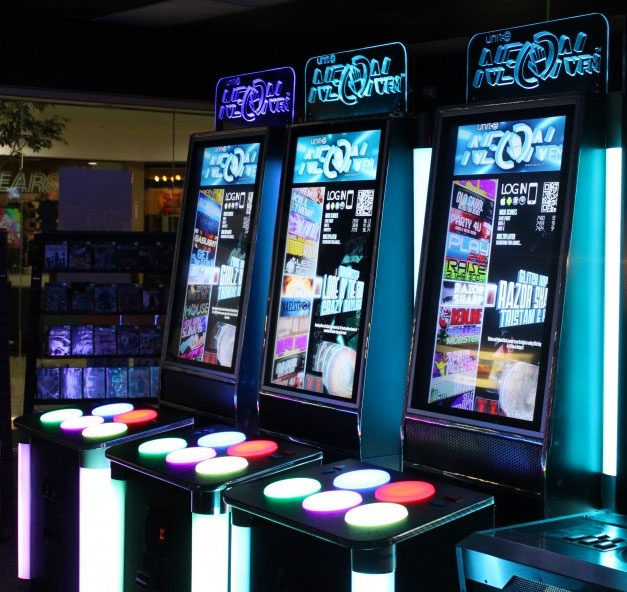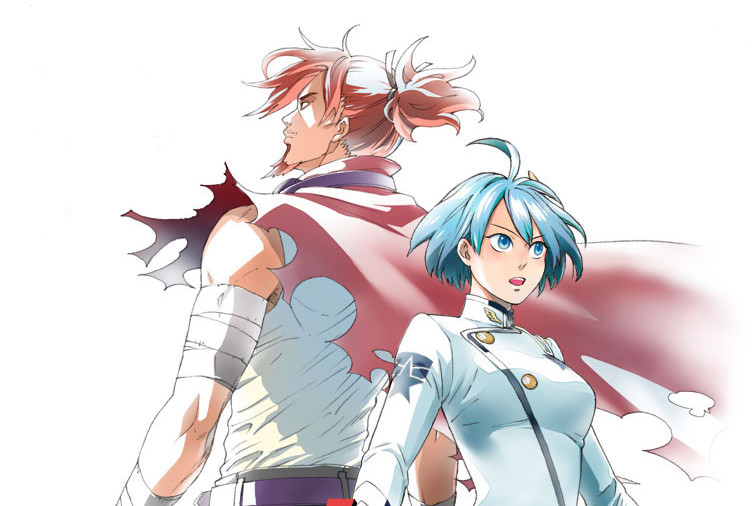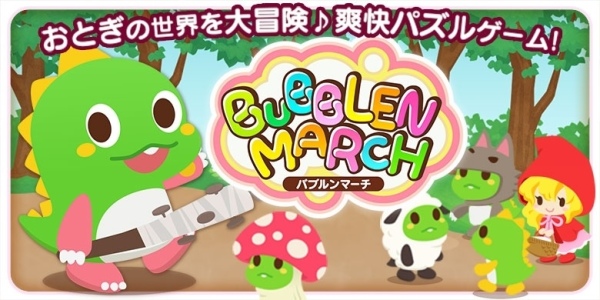Hello, folks. It’s been a while! I’ve been chronicling some of the issues we’ve been facing here on gaming.moe over the past couple months over on Patreon and a bit on Twitter, but we’re almost, almost in the clear now! Older pieces may be looking strange for a while until I get all the kinks ironed out, but thus far, our move to a different image server is going well. Nothing can put a stop to true gaming love. Nothing!
I have a ton of stuff in the backlog that I’m going to trickle out over the next couple weeks (including one fantastic interview I’m super hyped for), but I feel like the best way to get the ball rolling again is with the kind of utterly weird stuff this site is (somewhat) known for. Brace yourselves, folks — this one’s a doozy.
The other day, I was chatting with LordBBH about videogaming stuff, as I tend to do. I forget what the subject we were originally on was, but eventually conversation turned to a particular song from a music game called NeonFM.
I actually wasn’t aware of NeonFM until BBH told me about it, but as I’m prone to do once some random game catches my interest, I began to research the hell out of this thing. As it turns out, NeonFM is game with a long and interesting history. See, back in the early 2000s, hype for all things Bemani was at a fever pitch and arcades were overrun with groups of players who loitered around to play whatever versions of Dance Dance Revolution and Pump It Up were available to them. Dance Dance Revolution was the game that would help keep arcades on life support for a few more years: it was a tremendous hit in North America and drove a lot of interest in early music games, even inspiring people to import other Bemani titles that hadn’t been released Stateside.
There was a lull, however, between 2002 and 2006, with no new versions of DDR hitting arcades as Konami’s Bemani team focused on games that were doing better in their Asian markets: Pop’n Music, Beatmania IIDX, and GuitarFreaks/DrumMania. Seeing an opening in the market for a new arcade dance game, a group of rhythm game fans got together under the name Pop’nko (later changed to Unit-e Technologies), planned out a new dance game called NeonFM, and attracted investors and distributors to help finance and manufacture the game.
Of course, you can’t have a music game without music, can you? Well, the NeonFM team had a few connections throughout the rhythm game community, and they managed to put together a bunch of original songs to feature in the game. There’s one song in particular, however, that I think deserves to be highlighted, because its very existence baffles me.
I’m warning you now, readers: there’s no going back from this point.
If you’re prepared to experience real music gaming tunes, then click below.







